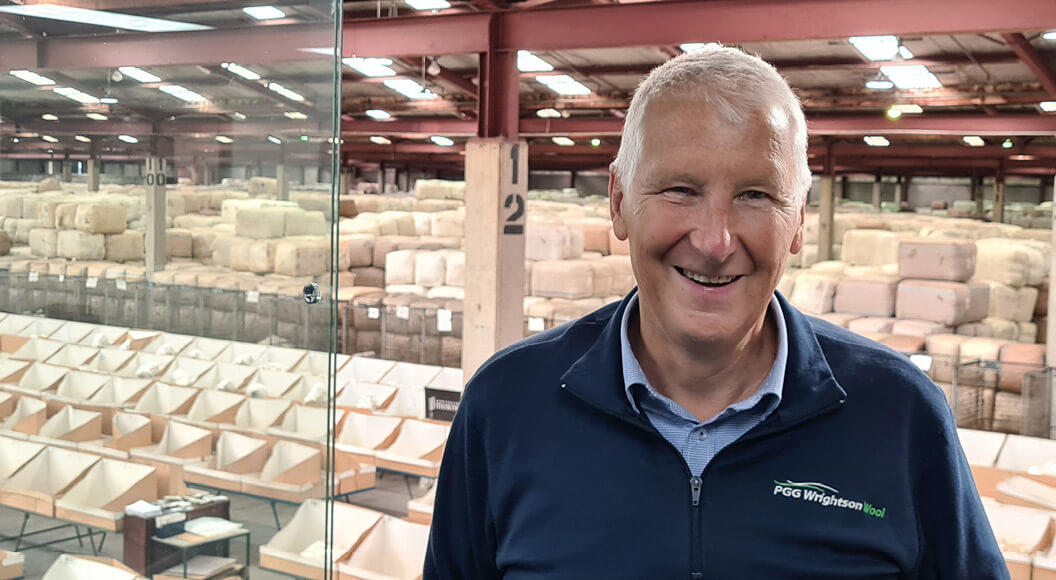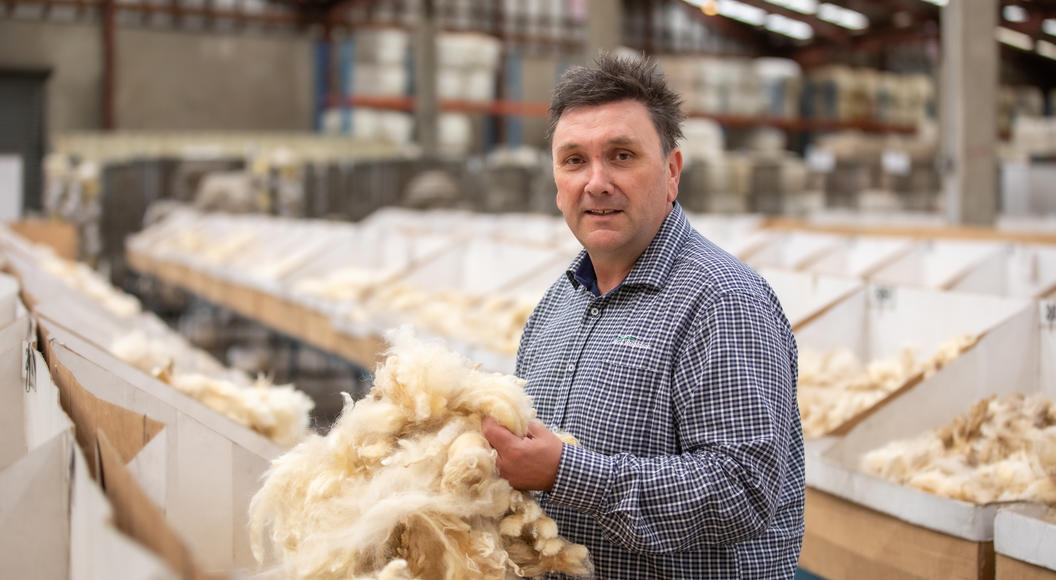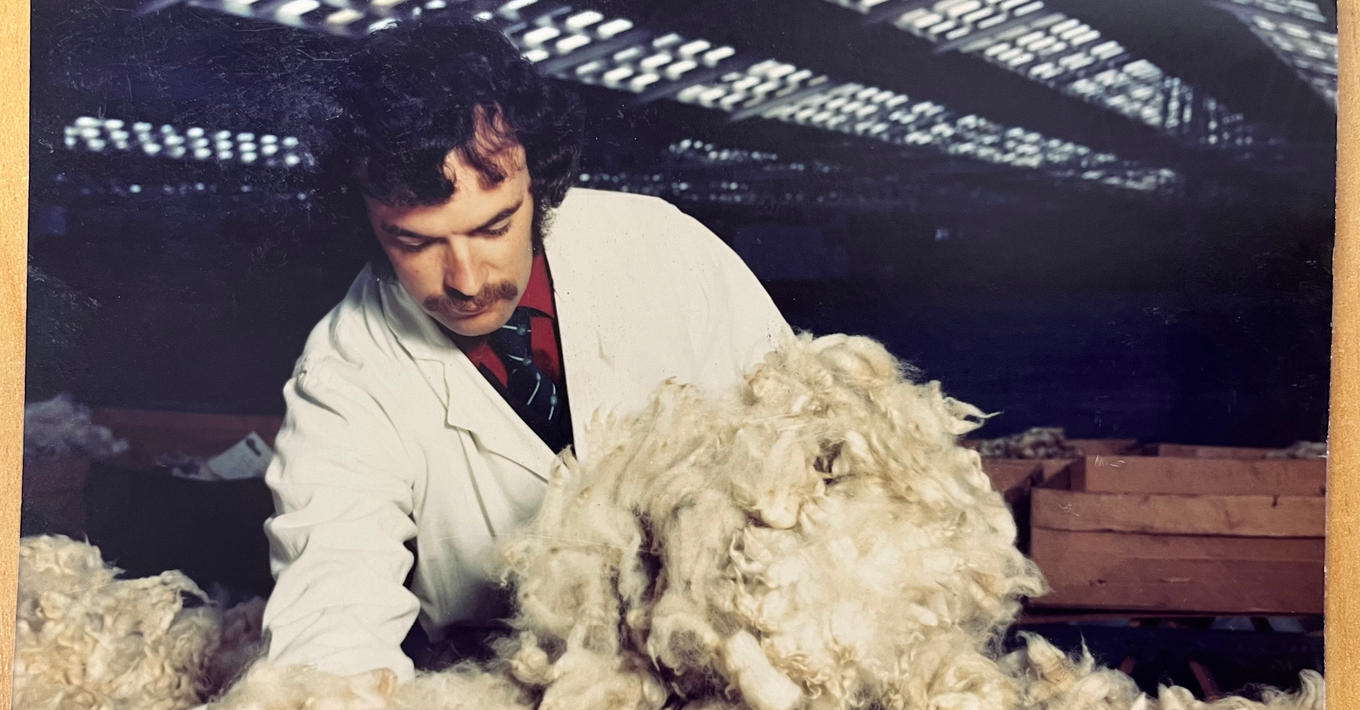
North Island wool identity bows out after 57 years
Encompassing seven decades, a momentous career in wool comes to an end in a few weeks.
PGG Wrightson North Island Wool Manager Allan Jones started in the business in December 1966. Growing up on his family’s South Canterbury lifestyle property and regularly working on farms including his uncle’s, going into farming was always the natural step.
“I studied agriculture at school and wanted to go shepherding or farming. However, the careers teacher said I had a flair for wool, and had I thought of that? He told me to talk to my parents, then set me up with an interview, so I went straight from school to Dalgety in Timaru as a trainee wool classer.”
Allan was one of six trainees at that time.
“When I started, wool accounted for 60 per cent of an average farm’s income, though almost immediately, feeling the first impact of synthetics, the price of wool dropped by around 40 per cent.
“As a trainee we started each day at 7am, though it wasn’t a 40 hour week. In summer we worked until five classing wool, then switched to contract pressing. During the day the presses couldn’t keep up. You’d take some tea with you, then start pressing in the evening, staying until 8pm or so. You’d usually work all day Saturday. Then, once every two months, when an auction was coming up, you worked Sunday morning as well.”
That changed in winter.
“As well as wool classing, you learned other jobs. I classed sheepskins and graded hides. We had a hide pit, where the hides were flayed out, then first thing each day we went into the heating room to shift the skins around so they would dry out. Elsewhere it was cold, we each worked with a little bar heater under the table: we were less attuned to health and safety.
“Sometimes we were sent to the rural supply store for a month. With less wool at that time of year, we had to learn to grade seed spuds for export. We graded all the potatoes, put a red tag on them, then they could go out.”
After three years learning the trade in Timaru, Allan moved to head the bin room in Whanganui.
“It was my opportunity to study under the head classer, who needed a 2IC. Though a reasonable size centre, it was virtually all crossbred wool. On my first day I had to class out a South Down clip of approximately 20 bales. You don’t see many South Down fleeces around now.”
For the next 12 years Allan experienced the whole Dalgety Whanganui wool operation.
“After classing through the season, in winter we visited farmers. Off to Taumarunui where the fog never lifted, or Taihape which was always frozen, checking with growers: were there any changes in their shearing patterns, how had the clip performed the previous season? Wool reps didn’t come in until the late 70s. What we did then turned into what that job is now.”
Allan’s education continued through the Lincoln wool course in 1971/72, where one of his colleagues was Graeme Bell, now PGG Wrightson wool representative in Alexandra.
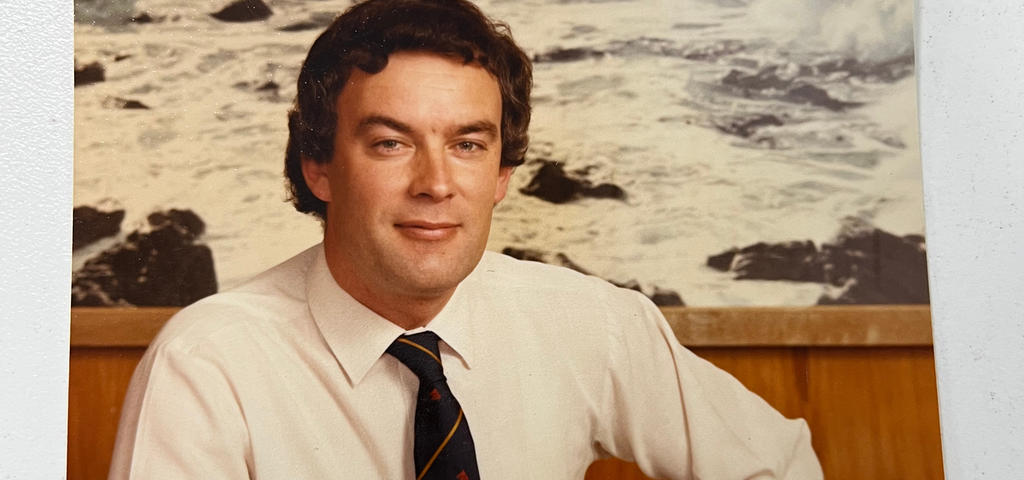
In 1981 he became assistant manager at the Dalgety wool centre in Napier, a decision he and wife Sandy had to make quickly.
“When I was in Te Kuiti heading to a wool conference in Auckland I received a message from the GM to call him. He said: ‘We have a job in Napier, you’re one of the guys that could do it, please let us know by tomorrow night.’ We had a couple of children, though they were still young enough to shift easily: it was a promotion, and Hawke’s Bay was a much larger wool centre than Whanganui, so we said yes.”
One year later Dalgety and Hawke’s Bay Farmers became one, and Allan became operations manager for the new company. It was the first of a series of mergers that continued through the 1980s and 1990s, and ended up creating PGG Wrightson.
“Sheep numbers were down, and plenty of change was happening. Each merger meant a double up in staff. Somehow I always managed to come out with a really good job, with extra responsibility.”
Compared to now the quantity of wool was huge.
“Through that time, with the mergers, we ended up with whole lot of woolstores. Looking after them, putting the binning operations into one area, sending the wool to what we then called satellite stores, every wool centre had a scour as well, organising all that was a big task for whoever was in charge.
“In Napier on the day before Christmas 1982 we were working a half day, when 3250 bales were delivered to the store, following a week receiving 2000 to 2500 bales per day. As well as trucks parked up lining each side of the road, we had a rail siding alongside the store with a couple of shuntings per day. We had 120 staff, including plenty of casuals, mostly uni students coming back every year, in the bin rooms, the show floor, the delivery area, and the coring machine.
“There was no eight to five: everyone just had to work until it was all done. Finding space to put all this wool was a big job. We sent trucks all over Onekawa, to this temporary store for a couple of days, then when that was full, moving to the next one. In Hawke’s Bay we had a double wool sale in the first week of January, with 52,000 bales sold over two days: Dalgety sold on one day, then Williams & Kettle and the other brokers would sell the next day. Sales would go to 5pm or later each day.”
Allan was part of several industry developments.
“Wool auctions and contracts were growing. I helped negotiate the first merino contract between Dalgety and Glengyle. We brought the growers to the table.
“Part of our job was to go to the South Island helping growers purchase merinos so they could supply their wool to Glengyle. We went in mid-February to buy stock from Central Otago, Omarama and Tekapo, to send all over the North Island, including Kerikeri, the Central Plateau, Wairarapa, Gisborne, and Hawke’s Bay. We planned to ship thousands of ewes and ewe hoggets back to the North Island over the next two or three weeks. However, the Cook Strait ferries went on strike, and while we had bought all this stock, they were sitting stranded in the South Island.
“Although surplus feed was short, we had to negotiate with the South Island farmers who had sold them to take them back and hold them. Meanwhile the North Island farmers wanted them on farm and in the condition they had paid good money for. Eventually the ferries went back, though only at a slow pace, so that didn’t help much either. We were back and forth with the farmers on both sides, and trying to arrange transport. Some of the big farms ended up with 4500 to 5000 merinos, so it was big stock numbers. In the end the last of them went up in early May.”
Later, to boost and differentiate the sector, the company sold its fine wool business to Merino NZ.
In the 2000s the company attempted to float Wool Partners Co-operative as a new consolidated marketing entity. Again, Allan was heavily involved.
“I was the taxi driver for the North Island roadshow presenters, including Theresa Gattung and Sir Brian Lochore. I knew many of the farmers and most of the country, including all the short cuts. They said ‘you can either drive, or you can fly with Allan.’ We did approximately 18 stops at local halls and woolsheds, often two per day, where the community put on morning or afternoon tea, then we were back in the cars, racing to the next stop.
“Although it didn’t succeed, a sizable number of growers raised more than $40 million for Wool Partners, which in hindsight should have been enough. There was general surprise that it didn’t get across the line, though the prospectus required larger numbers, and for some growers the Wool Board monopoly was still fresh in mind: they were nervous about a single organisation with so much power, even though that wasn’t what was planned.
“Quite a few of the bigger growers were sitting waiting, and would have joined after it started. That was a crucial moment for the industry. Not going ahead was a mistake. We should have set a more moderate target, or gone ahead anyway. It would have quickly grown momentum. It was an opportunity lost.”
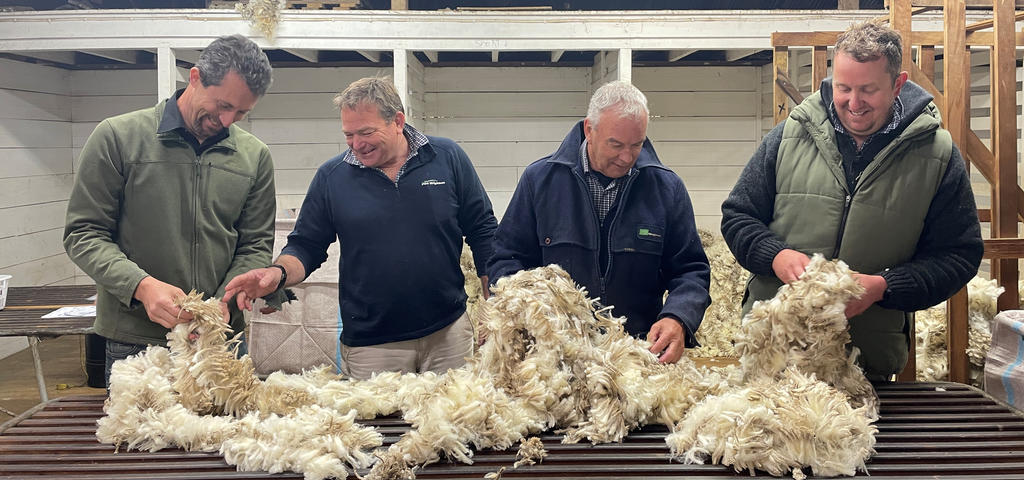
When he retires in December, Allan will have clocked up 57 years in the industry, all with the same company, albeit Dalgety is now PGG Wrightson.
“I’ve learned how to adapt to change. Early on, it was sample selling. I was involved at the grassroots of that, and everyone was against it: ‘We’ve done it like this for the last 50 years, why is changing that going to work?’ That was one example. Other changes have come along frequently since. You have to adapt. Of course, some things you don’t like, but if you don’t do it, you get thrown out with the bathwater.”
He also takes pride in being a good people person.
“You have to get on with people. I worked with plenty, especially through the mergers. You have to adapt to different people, though that doesn’t prevent you from being forceful in what you want and how you are able to do it.”
A similar theme runs through Allan’s thoughts on the future for wool.
“Collaboration is the way forward. While that has started, it hasn’t gone far enough yet. We had 70 million sheep, we now have 25 million and dropping. Where we once had eight selling centres, we are now down to a few exporters, brokers and private merchants. Everybody is fighting over a dwindling clip. We risk going down to the last man standing.”
That is the big challenge.
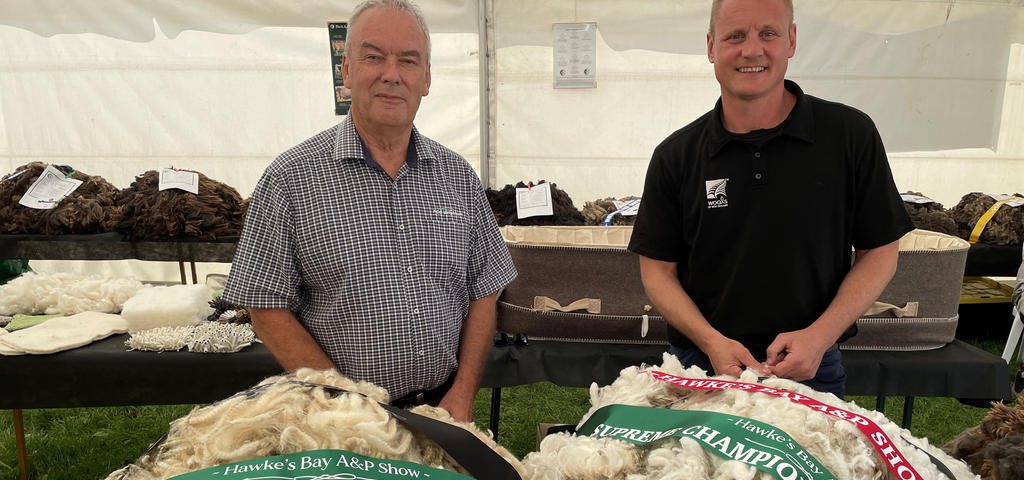
“If wool is dwindling into the scour and to the mills, the whole supply chain, marketing and processing, risks drying up. What the grower produces out on the land, and the flow-on from that, effects everything. If we don’t change in the next few years, wool will just be a commodity. Unless growers can see a future, and make some money out of it, the industry will continue to struggle.
“Wool has always been plentiful. Now with farmers diversifying into arable farming, sheep milking, or wood, everything is changing. Benefit and reward will persuade farmers to change. When their average age is 60 plus, stock returns are down, and the farm is worth $5 million or more, older farmers will think ‘I’m going to enjoy my life!’ While that opens the door for younger people, those people are well educated: if they can’t see that farming in a certain way will make money, they won’t do it.
“Some industries will feel the brunt. In the UK they only produce meat: wool is just a commodity. We could become like that. In another five years you won’t have the quantity or good enough quality, stylish wool to meet requirements of overseas customers. We have to look honestly at it. What will we be like in five years? Will we be the same? If the sheep numbers don’t improve, there won’t be much wool around,” he says.
Allan’s retirement is set to feature plenty of family time, including with his six grandsons aged 11 to 17 and ‘growing up fast,’ plus travel, golf and bowls. Then he has two vintage cars: a 1937 Morris 12, which he renovated in the early 2000s; and a 1935 Morris 25, which has been sitting waiting for him for the past 10 years, and which he’s looking forward to finally finishing.

